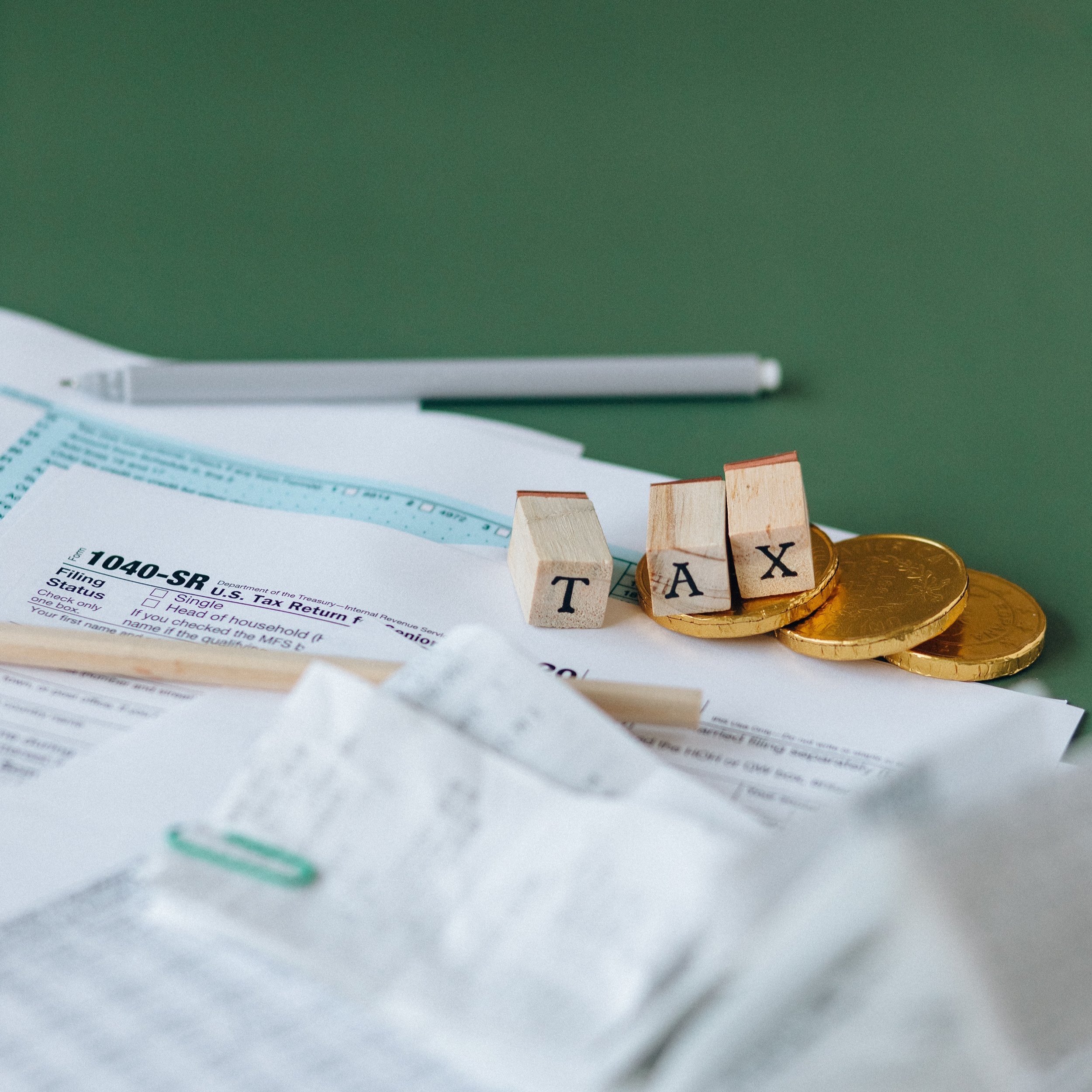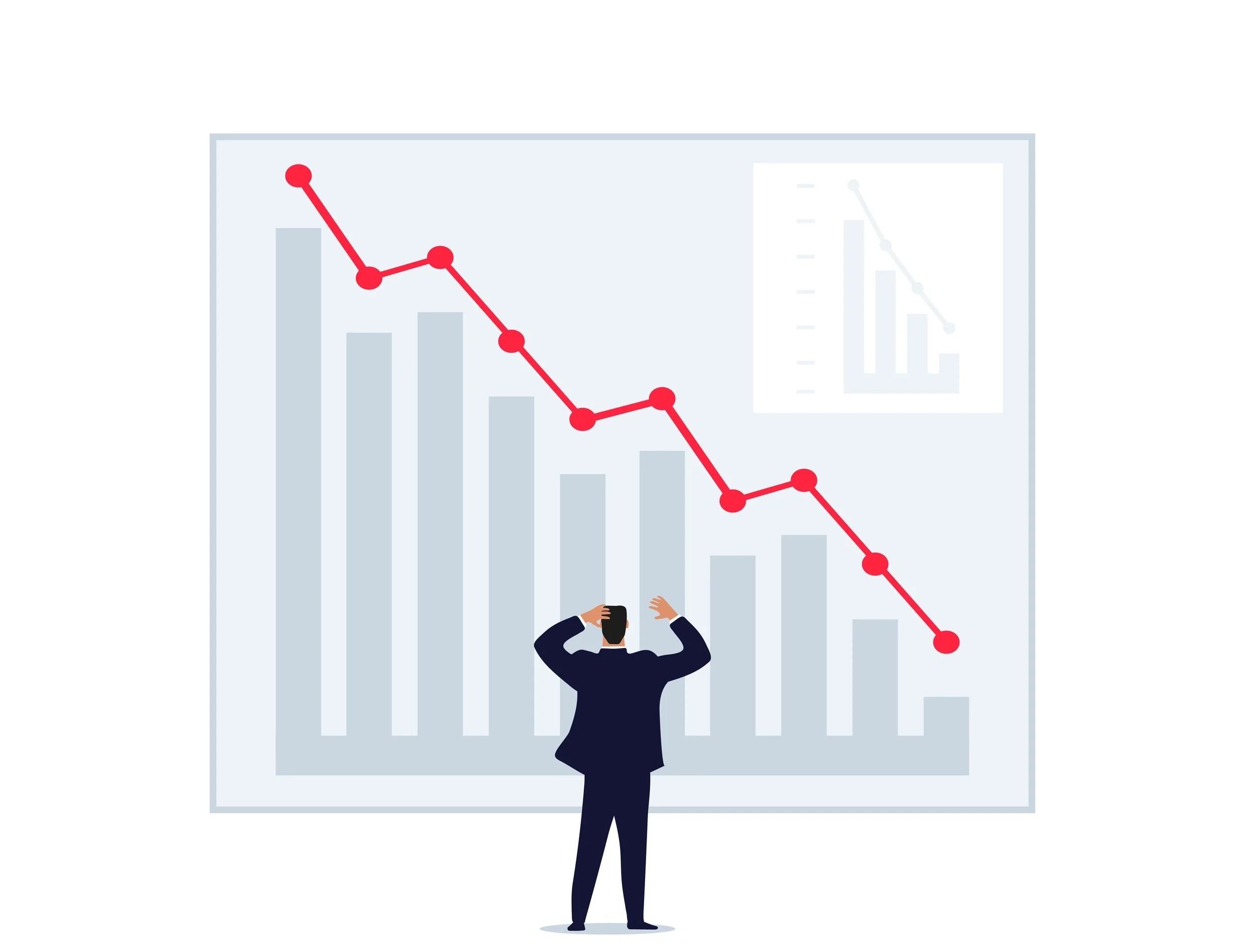Top 10 Retirement Planning Risks To Avoid And How To Manage Them
Most people who are looking to save for retirement have asked:
What are the biggest risks that I face while saving for retirement?
Can I reduce or eliminate my retirement risks?
In this article, I’ll show you exactly how to do this…
By the way, if you’re also looking to increase your retirement income WITHOUT risking your nest egg to stock market losses... then be sure to email us at info@ritchieadvisorygroup.com for our tried and true blueprint!
What is the biggest risk in retirement?
There are 10 BIG retirement risks that you need to be aware of if you want to have a stress-free and successful retirement:
Market Risk
Tax Risk
Inflation Risk
Longevity Risk
Withdrawal Rate Risk
Sequence of Returns Risk
Liquidity Risk
Long-Term Care Risk
Mortality Risk
Regulations Risk
In this article, we’ll go through each of these and show you what can be done to minimize or avoid them.
Top tip: learn which risks are most important to you! Once you fully understand each of them, you can then decide which ones will have the greatest impact on your own retirement plan!
Market Risk
Many people have the majority of their retirement savings in accounts like 401(k)s and IRAs, where their money is invested in the stock market.
Those retirement savings are therefore subject to market volatility and losses at any time, as they can lose money if the stock market goes down. It’s important to remember that if they lose 50% in a market crash, then they actually need 100% gains the following year to get their account back to even. The worst case scenario is that they could lose everything, since there are no guarantees with the stock market! This is why stock market risk is one of the main financial risks that people are concerned about.
Read more here about how to avoid market risk.
Tax Risk
Do you think that tax rates will go up or down over time?
Like most people, if you think they will have to go up, then deferring taxes in a 401(k) or traditional IRA just means that you‘re choosing to pay taxes later, when tax rates will be higher. Many people also don’t know that up to 85% of their Social Security income could be taxable, which could be critical for people living on a fixed income. We should always be aware of any potential new rules from the Social Security Administration, as running out of money in retirement is one of the main post retirement risks.
Read more here about how to eliminate tax risk.
Inflation Risk
The average rate of inflation has been around 3% historically, which means the price of everything around us goes up by around 3% each year.
If your money is “too safe” (sitting in a bank account or CD earning less than 3%), then you’re effectively losing money every year by not keeping up with inflation. If inflation increases to 4%, you’ll actually need $1,000 to purchase just $500 worth of goods in 20 years. That’s because 4% inflation will cut your purchasing power in half after 20 years, making this risk crucial to overall financial security!
Read more here about what inflation risk is, and how it affects retirement income.
Longevity Risk
The number one concern that most retirees have is the fear of running out of money in retirement, especially because the average life expectancy is continuously increasing.
So to maintain financial wellness, we have to make sure that there is enough guaranteed income to cover basic living expenses throughout all of our retirement years (no matter how long they may be).
Read more here about why longevity risk could be the #1 risk in retirement.
Withdrawal Rate Risk
Most people are surprised to hear that they can only withdraw a certain amount of money each year from specific retirement plans, if they want their money to last throughout retirement.
This used to be the “4% safe withdrawal rate” rule, which meant that you could have safely withdrawn 4% from your portfolio each year. Recent studies, however, have shown that the new safe withdrawal rate could be as low as 2.8%! For example: if you have a $1M portfolio, using the safe withdrawal rate of 2.8%, you could only safely withdraw $28,000 per year!
Read more here about how to reduce withdrawal rate risk.
Sequence of Returns Risk
If the majority of your nest egg is in the stock market, then the date that you choose for retirement could have a huge impact on your retirement savings.
It is vital that you do not incur losses right before or right after starting retirement. If you do, you might not have enough time to recover from those losses, which means you could run out of money in your golden years.
Read more here about what sequence of returns risk is, and why it's such a big concern.
Liquidity Risk
You must have access to money in case of emergencies, and for a whole list of other possible reasons.
Certain retirement accounts, however, can restrict access to your savings until age 59 and ½, then force you to withdraw minimum amounts at around age 70. So with these accounts, you only have freedom over your own money for around 10 years. If you don't follow their rules, you’ll have to pay the financial penalty for it as well!
Read more here about how to manage liquidity risk.
Long-Term Care Risk
There are 10,000 baby boomers turning 65 every day, so it’s no surprise that the cost of care is also rising quickly with the increasing demand.
These rising costs not only affect the ones who need care, but also their loved ones, as statistics show that 70% of those who reach 65 will need long-term care protection. This can be invaluable when dealing with unexpected medical bills. Without the correct protection in place against rising health care costs, you could be forced to spend the majority of your assets on long-term care or other health care expenses.
Read more here about why long-term care could ruin your retirement plan.
Mortality Risk
As you are trying to plan and save for the future, there is always the risk that something unexpected happens.
If that were to be the case, your family’s financial future could be in jeopardy, as long-term goals may no longer be achieved. It’s important to plan against this unknown, however tricky it may be, as a sudden loss of income can be devastating for a family.
Read more here about how to eliminate mortality risk.
Regulations Risk
With each year that passes, our government is always making changes to regulations.
For this reason, it’s recommended to avoid having all of your eggs in one retirement vehicle, as there is no way to know what rules we may face in the future. Diversification can be key to a successful retirement!
Read more here about how to avoid regulations risk by understanding 401(k) and IRA account rules.
Don’t forget: If you want to learn more about these top 10 retirement risks and how to plan against them, then email us at info@ritchieadvisorygroup.com for our favorite tips!
Next, it’s important that you learn how to avoid these common risks in your own retirement plan:
You can start to research each of these risks yourself in more detail, figure out which ones are most likely to affect you, and then determine how to reduce or eliminate them.
Or…
You can speak with a financial professional who specializes in helping people both reduce and eliminate these risks. A professional can immediately go deeper into each risk with you, and figure out which ones could have the greatest impact on your own retirement plan.
So, if you follow these steps, you’ll be able to start reducing or eliminating those big retirement risks right away! But, this is only one part of an overall successful retirement plan. There are many more tips for helping you to secure your financial future. If you’d like to learn how you can do this in more detail, then email us at info@ritchieadvisorygroup.com!











